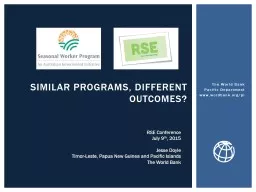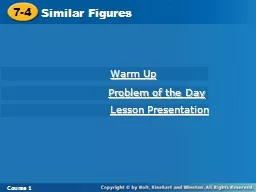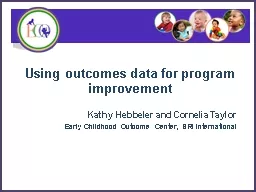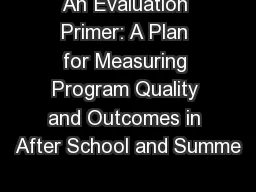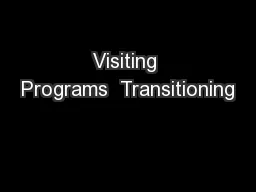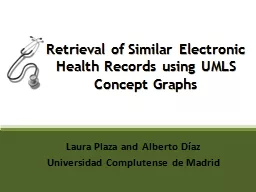PPT-SIMILAR PROGRAMS, DIFFERENT OUTCOMES?
Author : ellena-manuel | Published Date : 2016-06-29
The World Bank Pacific Department wwwwordbankorgpi RSE Conference July 9 th 2015 Jesse Doyle TimorLeste Papua New Guinea and Pacific Islands The World Bank Seasonal
Presentation Embed Code
Download Presentation
Download Presentation The PPT/PDF document "SIMILAR PROGRAMS, DIFFERENT OUTCOMES?" is the property of its rightful owner. Permission is granted to download and print the materials on this website for personal, non-commercial use only, and to display it on your personal computer provided you do not modify the materials and that you retain all copyright notices contained in the materials. By downloading content from our website, you accept the terms of this agreement.
SIMILAR PROGRAMS, DIFFERENT OUTCOMES?: Transcript
Download Rules Of Document
"SIMILAR PROGRAMS, DIFFERENT OUTCOMES?"The content belongs to its owner. You may download and print it for personal use, without modification, and keep all copyright notices. By downloading, you agree to these terms.
Related Documents

